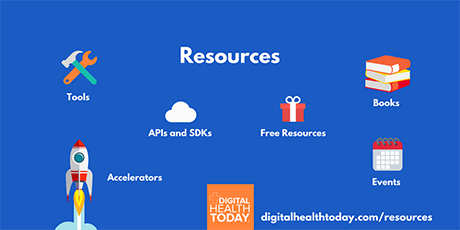Let’s just call it how it is…
The evolution and gradual integration of AI and Machine Learning into a healthcare provider’s data system has created mixed feelings for everyone involved. New technology always manages to carry some skepticism among its users, but the rise of AI and Machine Learning deserves to be treated with greater optimism. Rather than creating mass amounts of new data, the technology uses algorithms that gather, sort, and analyze the data already collected to better predict future outcomes.
Nevertheless, from lower-level staff to C-Suite and Managed Care Directors, many people are still wary of the technology’s reliability for accurately delivering the expected results day-in and day-out.
But why?
Based on a foundation of accuracy, AI and Machine Learning can offer automation tools that provide the flexibility and assurance providers need to quickly collect and process mass amounts of data, all while lowering the overall cost of patient care.
So, what does this mean for the providers?
In short, it means less time spent sorting out the inaccurate data and inputting data for tasks that could be automated to improve efficiency, and more time spent reviewing analytics to discover meaningful trends. The result is hospitals getting paid their expected reimbursement, a term referred to as revenue integrity. After implementing AI and Machine Learning into their revenue integrity system, hospitals can then leverage automation to identify the root-cause of an underpayment, denial, or larger payer trend. Automating routine tasks, for example, can improve efficiency in areas such as contract entry, work queues, appeals, monitoring calculations, and reporting.
Identifying the Root-Cause
Performing a root-cause analysis is an essential initial step toward automated analysis because it addresses the false variances (issues related to processes that don’t result in a collectable action, such as a registration error) first.
This allows for the uncollectable false variances to be filtered out of the analysis so providers can get a more accurate representation of their expected reimbursement. Examples of these false variances include:
- Registration errors
- Specific CPT codes not paid
- Stop-loss not paid
- Paid old rates
With the false variances removed, artificial intelligence will be deployed to analyze the remaining “true” variance to determine what is not paid correctly. This automation lowers the administrative burden of users sifting through the multiple lines on the accounts to determine which one(s) did not pay appropriately. Examples may include:
- Add-on Codes Drugs are paid correctly
- Individual fee schedule lines or a group of lines are not paying
- Did the stop-loss pay correctly?
- Are they paying under the old contract?
A good example of this is Google.
It’s no secret that the online search engine has a hierarchy method of deciding which websites get their content posted at the top of the list based off the content most relevant to the user’s search. Recently, however, people have learned to manipulate the system by adding more of the same keywords to their page in order to raise their page ranking in Google searches.
To counter this, Google has developed an algorithm that filters out these websites that repeat the same keywords and instead, placed a focus on ranking websites that have content most relevant to the user’s search, even if it’s not using the same keyword. By filtering out the “clutter,” these automation systems are able to gain a more accurate reading on expected results and use these results to ultimately improve the user outcome.
Automated Billing Analysis
After the root-cause of the issue has been identified and all outliers are removed through automated analysis, the next course of action should involve automating the billing analysis. This can help to identify missing charges (such as implants, high-cost drugs, or if a MRI with contrast is billed without contrast).
Here’s a list of other areas in which automated billing analysis can limit mistakes:
- Late charges
- Implants that were not billed
- High cost drugs not billed
- Contrast not billed
- Missing modifiers
Embracing Artificial Intelligence to Drive Revenue Integrity
Artificial intelligence is a rapidly growing trend that has the potential to help bend the cost curve in healthcare. However, if you choose not to embrace technology like AI, your staff will continue to struggle with false variances and not focusing on true collectable claims.
Therefore, you may miss underpaid claims that you could have collected had you known by using AI. This results in inefficient staff collections that cost your organization time and money.
At the end of the day, maintaining revenue integrity means being held responsible for ensuring that the hospital is getting paid correctly on a consistent basis. AI can help take revenue integrity to the next level but it’s going to require revenue cycle software solutions to deliver on the potential and financial executives to embrace it.





